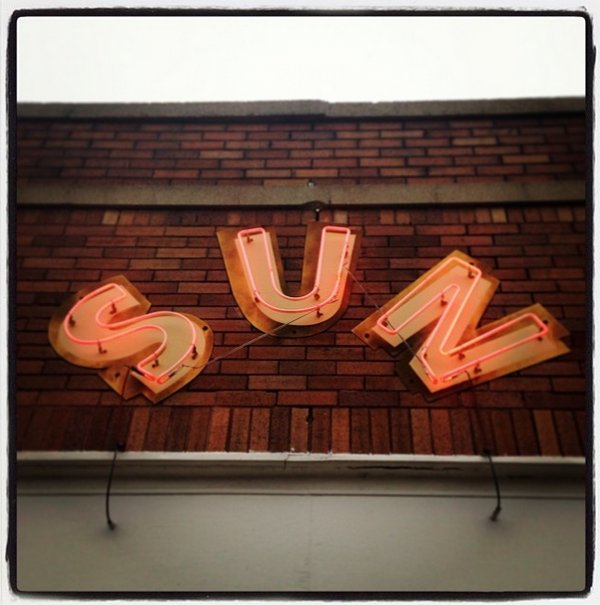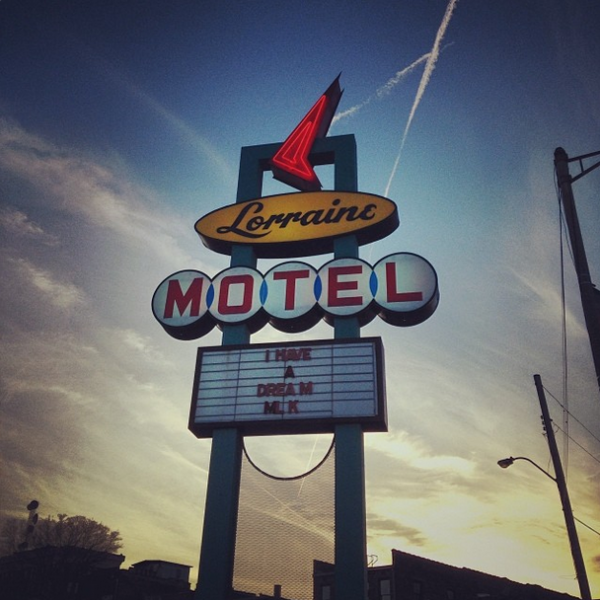A visit to Memphis is a pilgrimage to the birthplace of all contemporary music. It’s where disparate musical cultures collided to meld into Rock N Roll and Soul. It’s a city whose history has impacted this country and the entire planet.

Photos: Author
At the Rock N Soul Museum just off Beale Street, you learn that millions of people left Southern farms for Memphis between the 1930s and 1960s. These sharecroppers and subsistence farmers brought with them the music that helped to cure the pain of toil.


